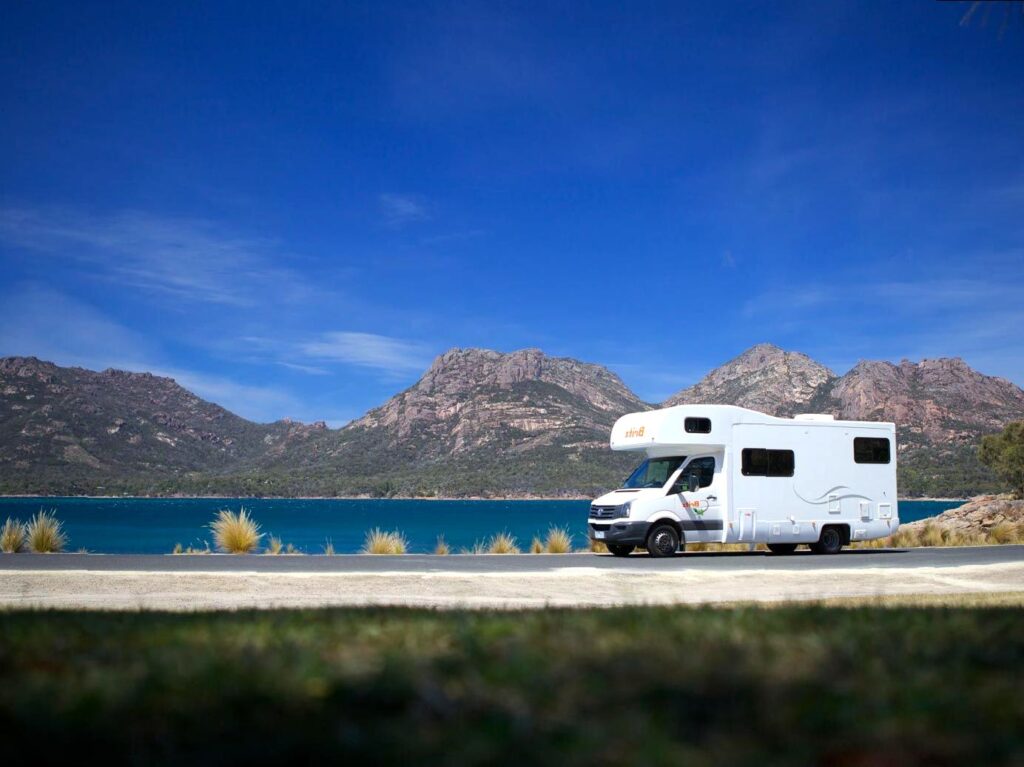How to rent a car or campervan in Australia

Renting a car or campervan in Australia can greatly enhance your travel experience, providing you the freedom to explore the picturesque landscapes and hidden gems of this vast country. With a plethora of rental companies available, understanding the process can help you make an informed decision. This guide will walk you through the steps to rent the perfect vehicle for your Australian adventure, taking into consideration the essential factors like choosing the right vehicle, documentation needed, and advice for the road.
Choosing the Right Vehicle
Before diving into the nitty-gritty details of car or campervan rentals, it’s critical to decide which type of vehicle suits your travel needs. If you’re planning a casual trip to urban areas or a coastal drive, a standard car or SUV may be adequate. However, should your adventure involve exploring off-the-beaten-path locations or extended road trips, a campervan is the perfect choice. Campervans offer convenience, from sleeping arrangements to kitchen facilities, allowing you to experience the beauty of Australia at your own pace.

Here are some considerations when choosing the right vehicle:
-
- Passenger Capacity: Determine how many people will be traveling with you.
- Travel Destination: Assess the terrains you’ll encounter—urban roads versus rugged landscapes.
- Rental Duration: Consider whether you’ll need a vehicle for just a few days or a couple of weeks.
- Budget: Factor in what you’re willing to spend, including fuel, insurance, and additional fees.
- Comfort and Needs: Identify if you need extra features like air conditioning or a larger luggage space.
Documentation Required for Rental

When renting a vehicle in Australia, specific documentation is required to ensure a smooth process. First and foremost, a valid driver’s license is essential; an International Driving Permit (IDP) may be necessary if your license is not in English. Be sure to check the individual rental company’s policies regarding IDPs. Additionally, you will require a credit card for the security deposit and rental payment, as most companies do not accept debit cards for this purpose.
Some rental companies may also ask for proof of return travel to confirm that you have arrangements to leave the country. Always check the terms and conditions of your rental agreement, as this can help prevent any misunderstandings when picking up your vehicle. Some companies may also require you to be over a certain age, typically 21 years old, and may impose extra fees for young drivers. Being prepared with the necessary documentation will ease your experience.
Picking Up Your Rental
Upon arrival at the rental location, there are several steps to ensure your pick-up goes smoothly. First, inspect the vehicle thoroughly before leaving the rental lot; take note of any existing damages, and report them to the staff. This will protect you from being charged for pre-existing issues upon returning the vehicle. Following inspection, familiarize yourself with the vehicle’s controls and features. If you’re renting a campervan, take time to understand how the various amenities work, such as the stove, fridge, and bathroom facilities.
Additionally, clarify with the rental company about their fuel policy—whether you are required to return the vehicle with a full tank or the same level of fuel it had upon pick-up. Knowing this could save you money and avoid penalties. Don’t forget to ask for any local tips on driving regulations, must-see stops, and safety precautions. Being informed enables you to hit the road with confidence.
Returning Your Rental

Returning the vehicle is just as critical as picking it up. Plan your drop-off in advance to ensure you meet the rental company’s operating hours. Fill up the gas tank in accordance with the company’s fuel policy to avoid additional charges. As you return the vehicle, it’s essential to conduct another inspection alongside an employee from the rental company. This will give you an opportunity to discuss any potential charges for damages or cleaning fees.
Once everything is confirmed, make sure to collect all your belongings and request a receipt for the return of the vehicle. This documentation will serve as proof of your compliance with the rental agreement, particularly in case any disputes arise later regarding charges. Being methodical in your return process helps ensure that your entire rental experience remains positive.
Conclusion
Renting a car or campervan in Australia can be an unforgettable experience that opens up a world of adventure. By carefully considering your vehicle choice, ensuring you have the necessary documentation, and following the correct procedures for both pick-up and return, you’ll set yourself up for success. Whether driving along the Great Ocean Road, traversing the Outback, or exploring quaint coastal towns, having a rental vehicle allows you the freedom to explore Australia on your terms.
FAQs
Yes, if your driver’s license is not in English, an International Driving Permit (IDP) is recommended and sometimes required by rental companies.
2. What age do I need to be to rent a vehicle in Australia?
Typically, you need to be at least 21 years old to rent a vehicle, although some companies charge an additional fee for drivers under 25 years of age.
3. Can I rent a car or campervan one-way?
Yes, many rental companies offer one-way rentals, allowing you to pick up a vehicle in one location and drop it off at another. Be sure to check for additional fees that may apply.
4. Is insurance included in the rental cost?
Most rental companies offer basic insurance coverage, but it often comes with a deductible. It’s a good idea to review your options for additional coverage when booking.
5. Can I cancel my rental reservation?
Yes, you can usually cancel your reservation, but cancellation policies vary by rental company. It’s best to review their terms and conditions regarding cancellations or modifications.


